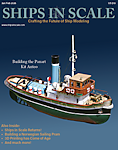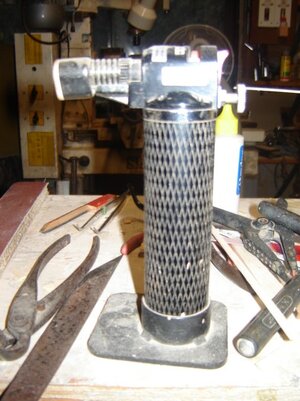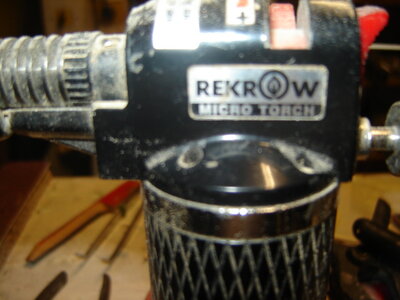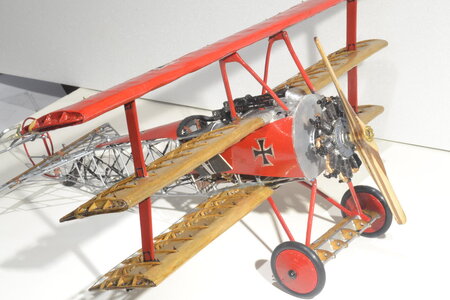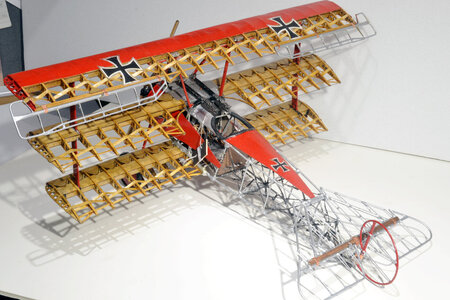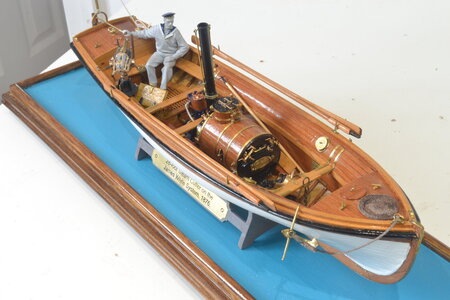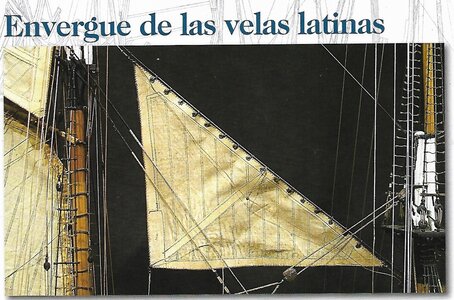I have started to build the Fokker Dr1 Tri-plane (well they did call them "air SHIPS" in the early days) and a large part of the construction is using Brass tube, rod or photo etched parts as well as Cast parts in Britannia (a form of pewter) and Zinc. I have an old 25w standard single heat/element, single shoe electric soldering iron which I have used on small electrical wiring jobs but nothing very intricate. I understand that I may need variable temperatures on the different metals, would I be advised to buy a variable heat soldering iron and if so, butane gas or electric? And what about the solder, would a lead free universal solder be OK or to buy flux and high and low melt solders??
Many thanks and not too much Booing for my deviation into air ships.??!!
JK
Many thanks and not too much Booing for my deviation into air ships.??!!
JK


